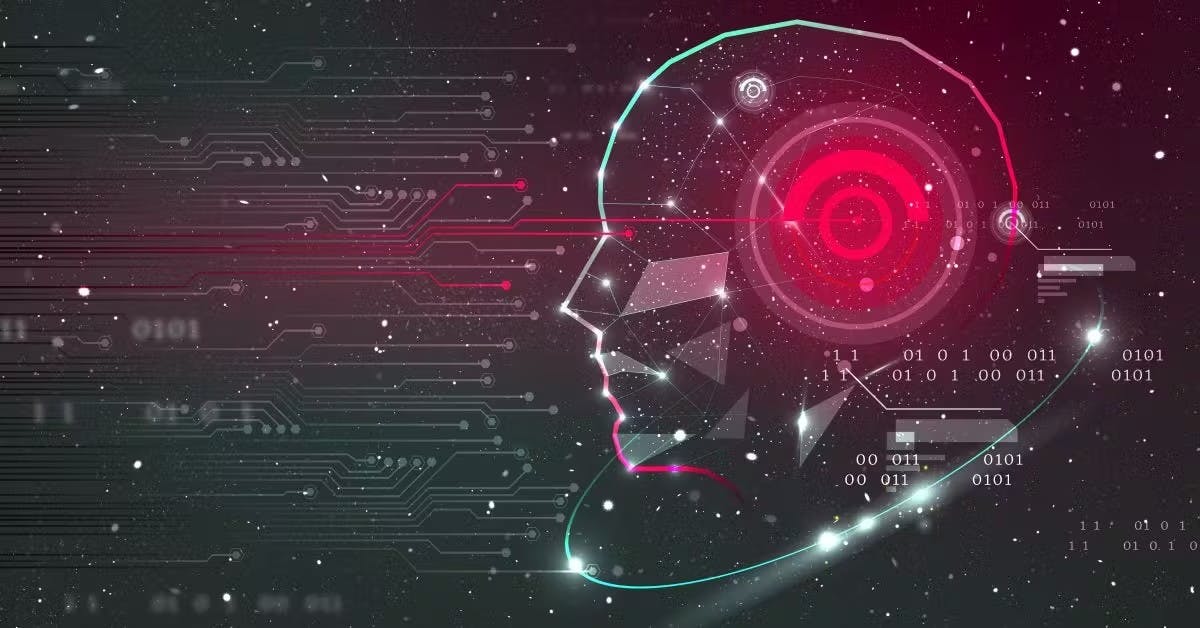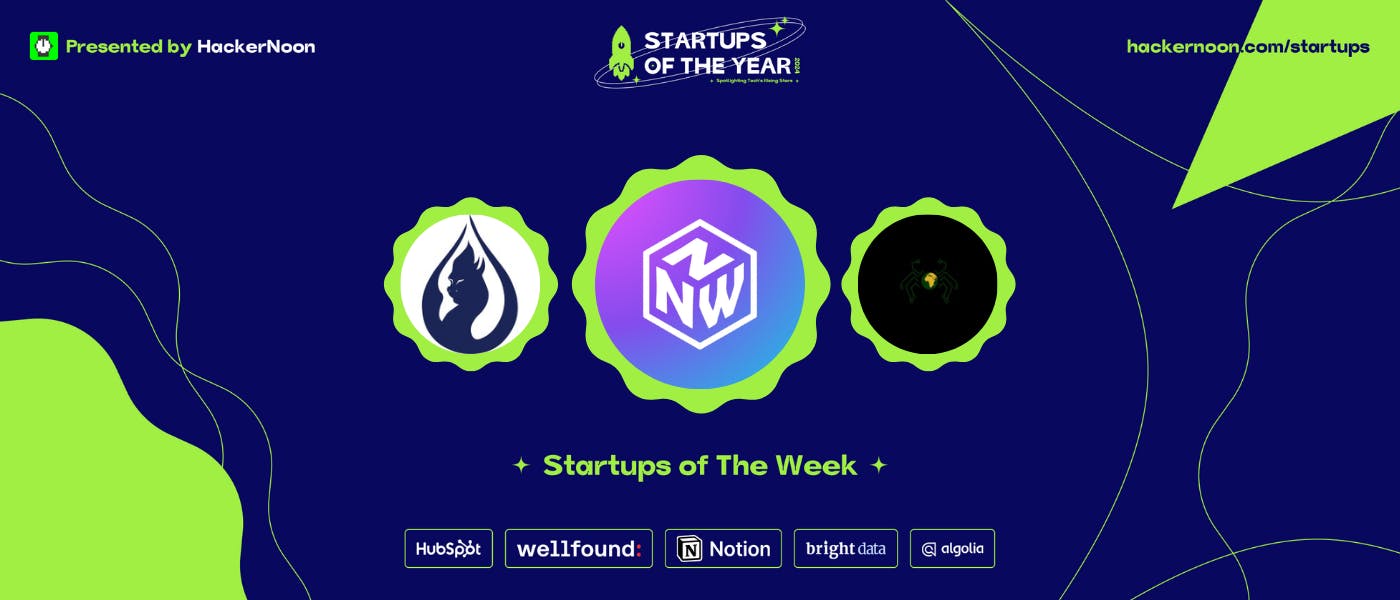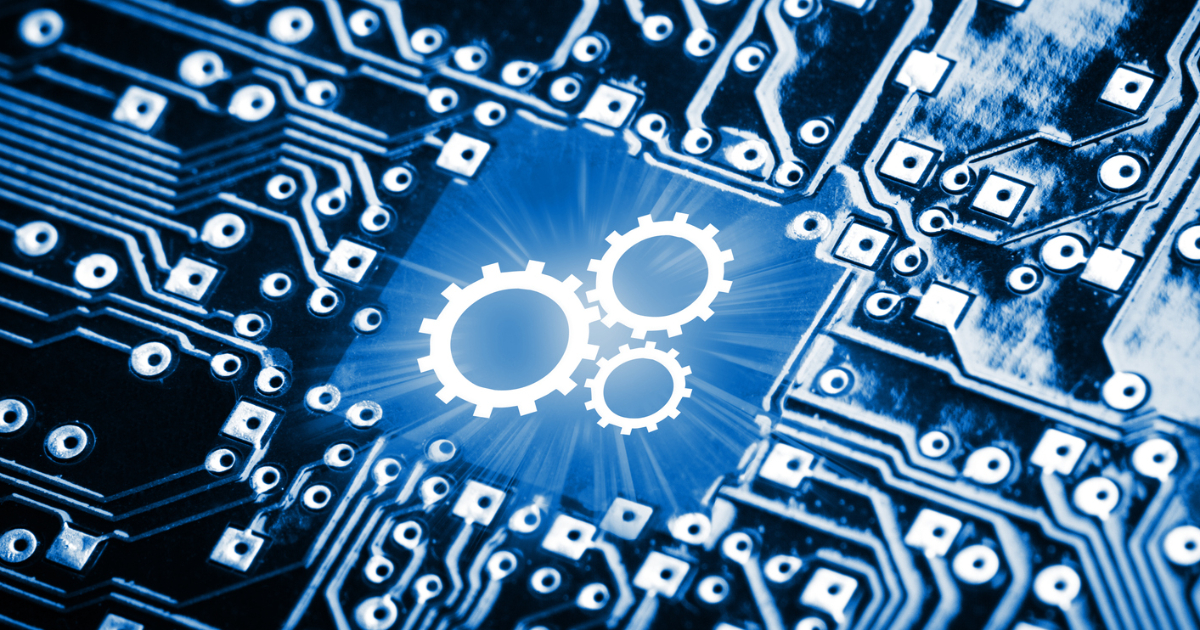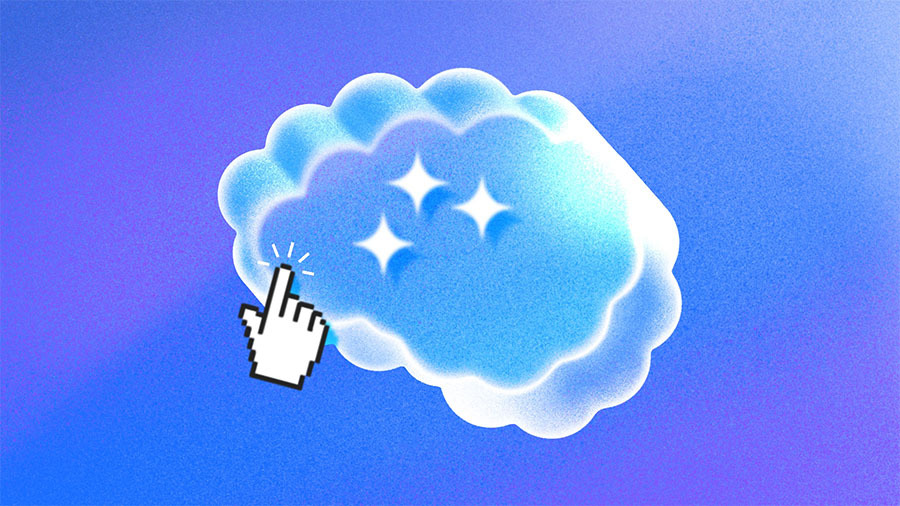I remember the first time I started using AI. As a BDR working in finance, I used it to generate quick rate updates alongside some fundamentals in the market. I prompted it to draft quick follow-up emails. It seemed harmless, almost like how you’d normally ask a colleague for their second opinion.
A few days later, I let it summarize a financial report I had been putting off. Then it also cleaned up my meeting notes. Even after that, it rewrote a proposal.
It felt efficient, but after a while, I began to notice something. The more I let AI handle my work, the less of my own thinking was in it. The more I relied on it, the easier it became to hand over not just tasks, but the decisions and ideas behind those tasks.
That is where the danger lives.
When Productivity Turns into Substitution
AI tools promise speed and freedom from repetitive work. At first, they seem to deliver exactly that, but the shift from helper to substitute happens quietly.
You stop brainstorming on your own because it is faster to ask the AI. You stop shaping your ideas because the AI’s version already “sounds good enough.” You stop doing the parts of the job that gave your work its individuality.
In the short term, this makes you look efficient. In the long term, it makes you easy to replace. If the system can produce a result that is 80 percent as good as yours, and you have stopped adding the extra 20 percent, there is little reason for anyone to keep you in the role.
How Skills Fade Without You Noticing
AI rarely takes away your abilities in one swoop. It wears them down over time.
Think about driving, for instance. If you have relied heavily on GPS for a long time, your natural sense of direction starts to fade. You no longer remember how streets connect or which landmarks to look for. The skill dulls because it is no longer used.
In-real-life work is no different. When you let AI handle your writing, your planning, your problem solving, you stop exercising the mental muscles needed for those tasks. The erosion is slow and easy to miss. You may not even realise how much you have lost until someone asks you to work without it and you struggle to start.
Why Companies Benefit from This Shift
From a company’s perspective, AI productivity is an ideal outcome: It speeds up work, reduces costs, and removes dependency on individual people.
The hard truth is that this efficiency also makes it easier to let you go. If you have trained a system to handle your workload and trained yourself to depend on that system, the company now holds the blueprint for your job without needing you.
They can hire someone at a lower rate to follow the same process. Or they can feed the same prompts into the AI and skip the human part entirely.
Making Your Work AI-Proof
Not every role is equally vulnerable. The people who stay relevant are the ones doing work that AI cannot easily replicate.
This means focusing on contributions that require human judgment and creativity. For example:
- Generating ideas that are truly original rather than reassembled from existing content.
- Making decisions with awareness of context, timing, and human relationships.
- Building trust with clients and colleagues in ways a machine cannot.
- Framing problems in ways that open up better solutions.
AI should be a tool you control, not a process you disappear into.
My Personal Rule for Using AI
I give AI no more than 60 percent of the job. The rest is mine.
If it creates a draft, I rewrite parts of it so my voice is clear. If it gives me a list of ideas, I test them, discard the weak ones, and add my own. If it organises data, I look for patterns it has missed.
The goal is to make sure that the final product carries my signature thinking. That is the part that is much harder to replace.
How to Use the Time You Save
Many people talk about how AI gives them hours back each week. But the real question is what you do with that time.
If you simply use it to do more of the same work, the benefit mostly goes to your employer. The smarter move is to invest that time in building skills that keep you relevant. Learn strategy, and deepen your industry knowledge.
Soon, knowing how to “use AI” will be standard. What will set you apart is knowing how to guide it, challenge it, and bring something to the table it cannot.
The Bottom Line
AI productivity is not harmless. It shapes how you work and, if left unchecked, how replaceable you become.
The safest path is to use it as a helper while keeping your own abilities sharp. Let it handle the repetitive parts, but keep the thinking and decision-making in your own hands. The moment you stop adding that human element is the moment you start preparing your replacement.










